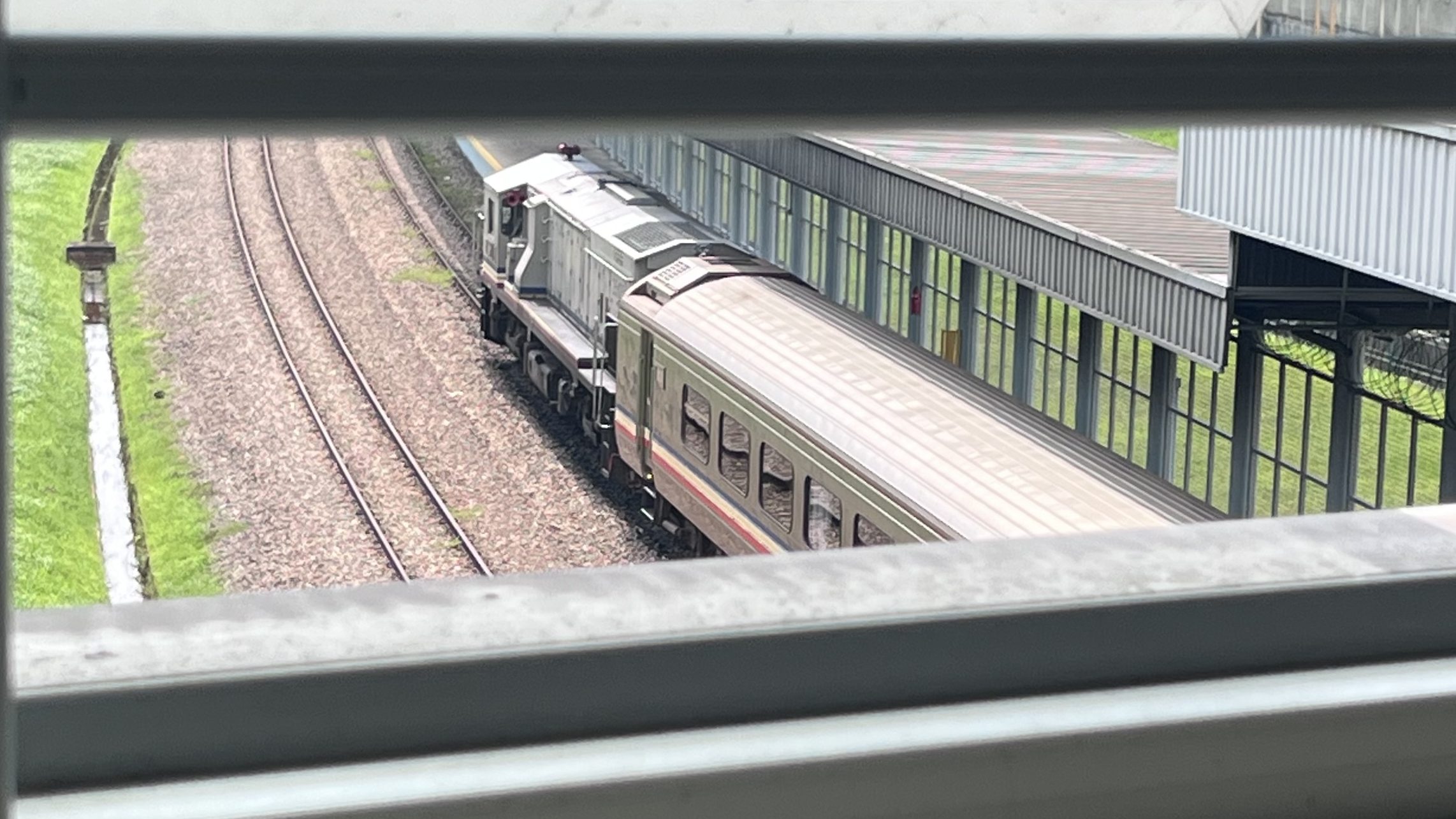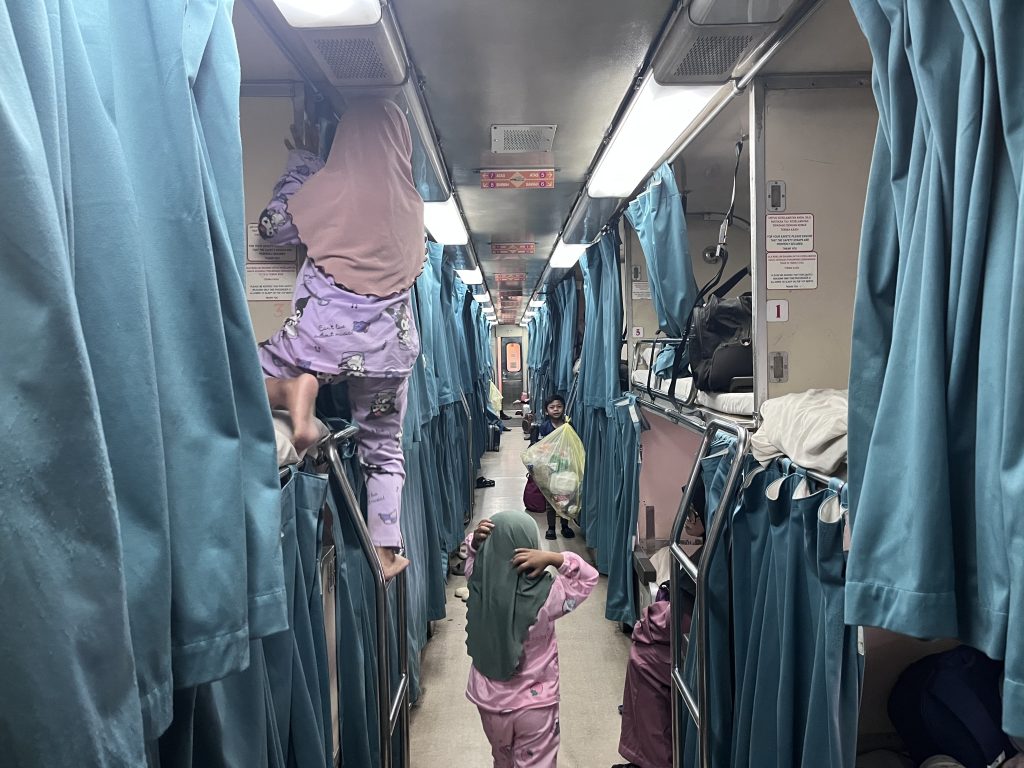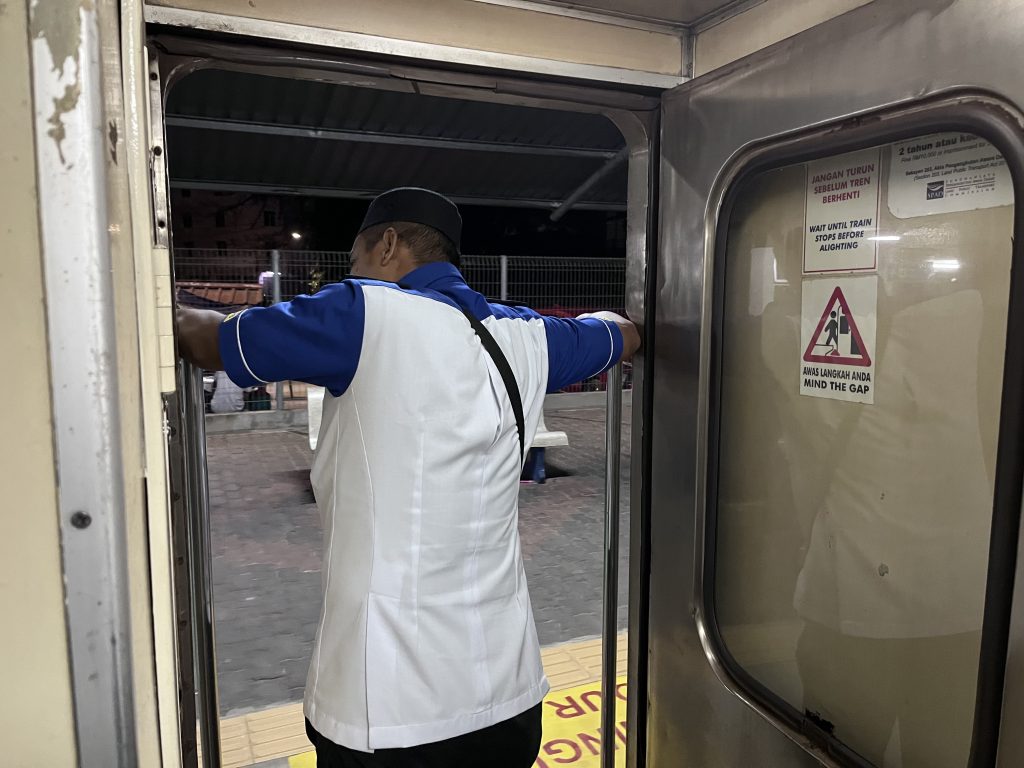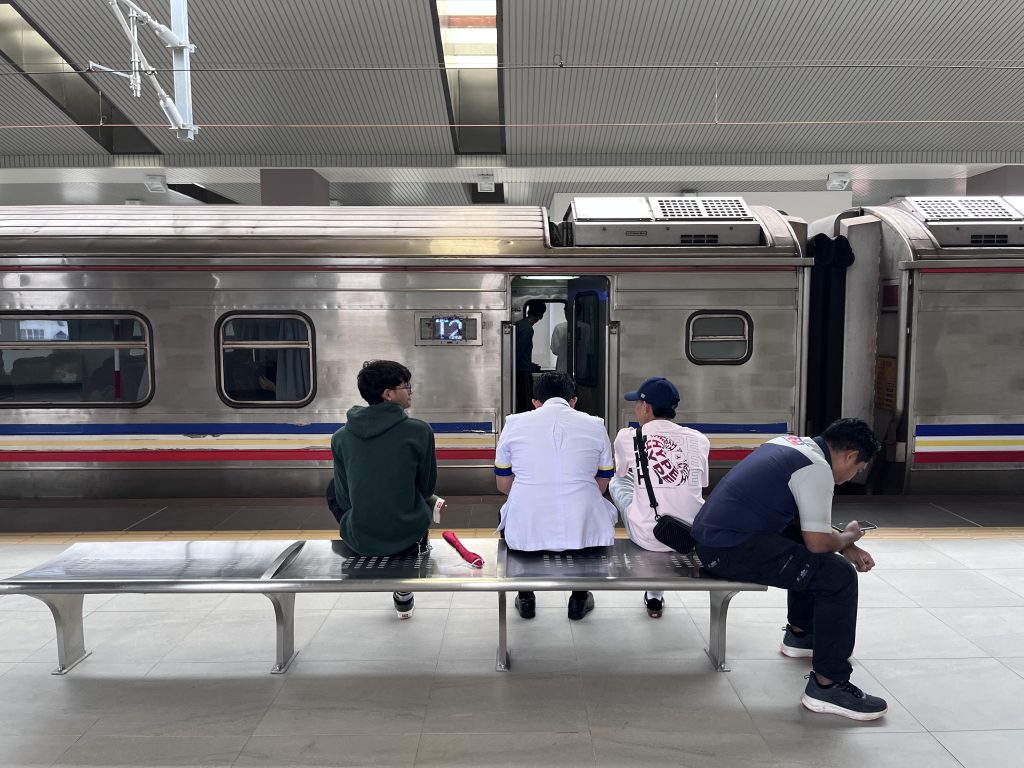There is always something magical about slow rail travel. You aren’t stuck in a cramped flying metal tube with zero legroom. You get to see and experience the landscape in a way you would have never before. Your journey becomes your destination.
Today’s journey that is not in a flying metal tube is Malaysia’s last sleeper train service. Its proper name is the ‘Ekspress Rakyat Timuran’, which translates to Eastern People’s Express, but it is more commonly known as the ‘Jungle Railway’ to tourists, since it passes through rainforests and limestone formations. It departs from JB Sentral, and goes up to Tumpat, just shy of the Thai border, and back every day.
It is the very last overnight train in the country, and has been aptly described by the BBC as one of ‘Southeast Asia’s greatest train journeys’. Tickets cost around MYR55 (SGD16.55) for a 16 hour journey, great value for what you get.
It is also likely going to disappear soon, with Malaysia’s rapid rail modernisation. The under construction East Coast Rail Link (ECRL) is planned to travel at around double the speed of the current train, making this train obsolete. In addition, the double tracking and electrification project further down south, which will allow higher speed trains to run at better frequencies, is also bad news for the train.
As one steps in – it is almost like a time capsule – showing you how cross country travel used to look like when overnight rail travel was the default choice. Let me take you on a ride on this train today, up and down the line East Coast Line.

I start my journey from Singapore, on the Shuttle Tebrau, which will take me to JB Sentral. Since 2015, to avoid headshunts, the Shuttle Tebrau was born, and the Ekspress Rakyat Timuran no longer departs from Woodlands.
The train then departs 8:25pm, and whisks us through small southern towns in Johor as we pick more people up.

The interior of the coaches have hardly changed since they were introduced, with minor improvements like new curtains and lights. Top bunks have slightly less space, though they are cheaper, and as a kid I loved those!

In the morning, leaving the big city behind, I am woken up to some spectacular scenery, as the train winds through these big limestone formations, and through Taman Negara National Park – said to be the oldest primary rainforest in the world.


Back in the train, people head to the cafe car to grab their morning kopi and teh, as the views swing by. Families, couples and friends gathered in the cafe car – a more communal place to chat and eat as the rainforest and limestones pass by.

I decided to go with a ‘Teh O’, and some Mee Goreng (not pictured). Prices are generally reasonable, MYR3 for a Teh O, and MYR8-9 for a full hot meal.

As the train heads on, it passes through smaller towns and settlements, such as Dabong, a popular stop for eco-tourism.

The train travels at a slower pace. Life and people here are much more relaxed. Here at Dabong, our conductors stop for a short break and chat, before flagging off the train to continue its journey right on time.

I was travelling with friends this time, and my group gets off at Dabong to do some activities like ATV riding and cave exploration, all of which are near to the station.
That completed, just before 3pm, we head back to the station to catch our ride up to the city of Kota Bharu, where we will stay for a few nights. This time though, our ride is more modern.

The new train is impressive. With clean toilets, a bistro, and a prayer room, it is a much needed upgrade for the people of the east coast, many of whom rely on these trains to get to work and school. Many students from nearby kampongs take the train to Dabong, where the school is just a stones throw away from the station.
Introduced in service in 2021, this is a Chinese made DMU called the Class 61. The set is only used for shuttle services along the East Coast Line, serving small halts and stops. The trains have a maximum speed of 120km/h, and a design speed of 140km/h, though we never saw them go over 98km/h. It would be safe to say old tracks and its waning quality are probably the limiting factor.

Just over 3 hours later, right on time with a slight drizzle, we pull into Wakaf Bharu, the closest stop to Kota Bharu, the Kelantanse capital.
After exploring Kota Bharu and a bit of Thailand, we boarded the train again, this time back down south heading home. A little hint of colonial history can be seen here, with the British token system still being used for safety on this single line stretch.
Bells are used to communicate – similar to morse code. By ‘belling’ in a certain sequence, conductors can indicate incidents, send and receive trains, and complete track operations.

The train heads down the line as it picks up passengers heading down south. Here, our conductor looks out and flags off the train from Kuala Krai station. He tells us later as we chat in the dining car that he works a shift from Tumpat to Kuala Lipis, from 8:30pm to around 3am.

After a good rest with the train rocking me to sleep, I am awoken at Kluang – a town in Johor. This return trip has its daylight hours down south, allowing you to see the rapid modernisation hitting the country.
The old and new stations at Kluang are just meters apart. What once was the third platform of Kluang now holds the new elevated double track section of the railway.

The old station which opened in 1909 still houses KluangRail Coffee, a popular spot in town.



Due to the double tracking and the increased speed allowance, the train speeds by, and waits for over half an hour at some stops. Many people come out for a stretch and chat, as well as to take photos.

Our driver settles some paperwork before continuing the journey. He is likely working the shift from Gemas to JB Sentral, which takes around four hours.

The train roars along, reaching speeds shy of 100km/h on the new tracks. I decide get my next cup of Teh and grab a Bee Hoon Goreng for MYR11.50 and watch the views pass by, like our conductor.
Slowly, as we reach the big city, more people alight at stops closer to their home. This is at Kulai, near the outskirts of Johor Bahru. The station in operation is still the temporary station, newer permanent station still in construction.

After 16 hours, with few remaining passengers, we arrive in JB Sentral station 15 minutes early – a rare sight for KTM, and just in time to catch the Shuttle train.
Beyond those tracks is Singapore. Home. A bustling modern city – a stark contrast to what I just experienced on the journey up and down the line.
As we cross the border on the train over to Singapore, I can’t help but wonder how long more we will get to experience such a gem of the past.
Thank you for reading! I haven’t done blog posts in a while, but if you like what you see, consider joining my Telegram Channel where i post updates on the blog and other cool stuff I am up to!

Leave a Reply